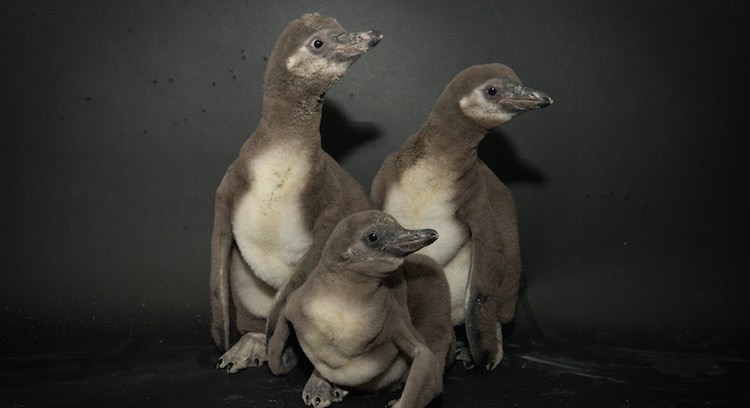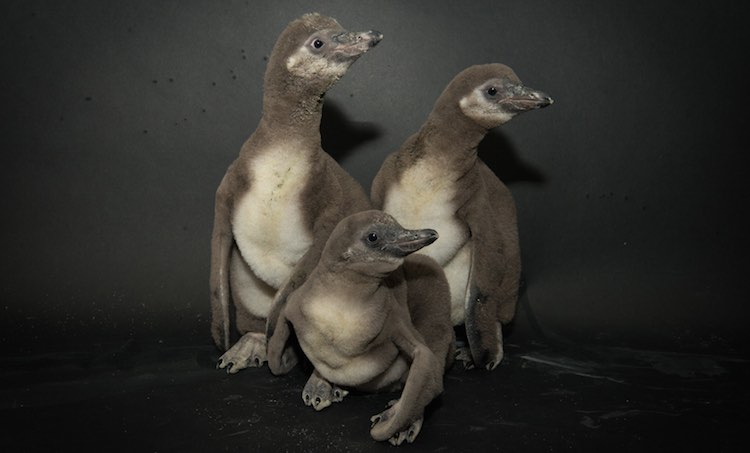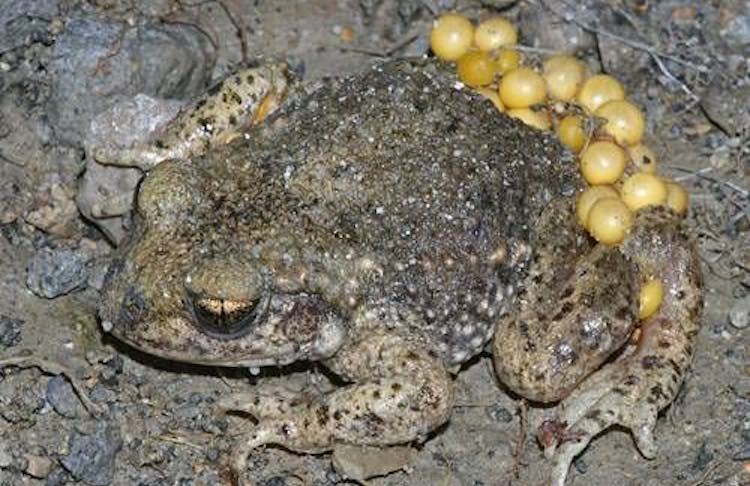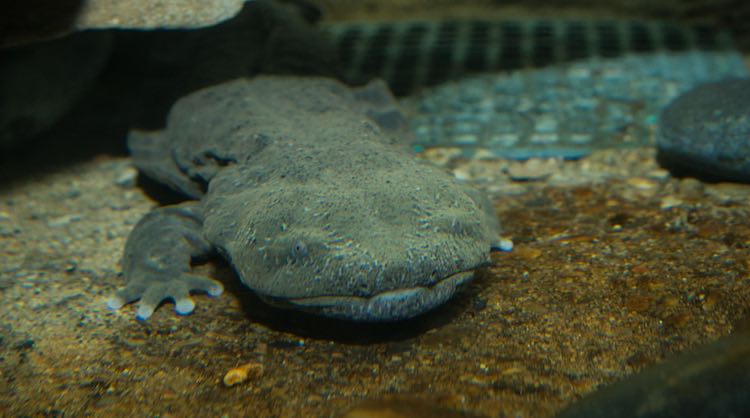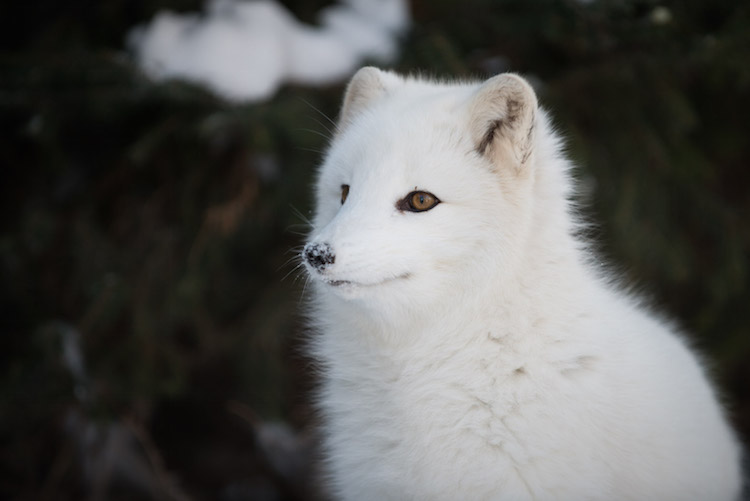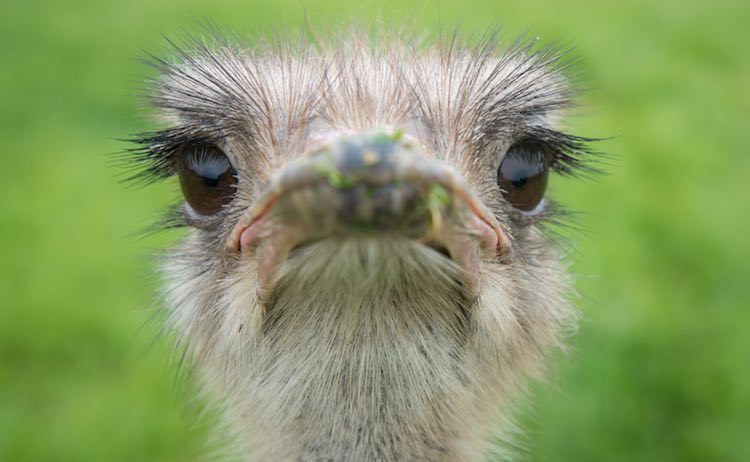The award for the best father in the animal kingdom goes to… the Humboldt penguin.
It’s Father’s Day today, and time to give praise to one of the hardest jobs of all – being a father—and for a Humboldt penguin, being a stay-at-home dad means around-the-clock devotion.
WATCH: Dad Uses Cat-Like Reflexes To Save Son From Flying Baseball Bat
The male and female penguin take turns incubating the eggs for 39 days and then work together to provide food for the chicks. In the wild, the adult penguins work in shifts that can last days and even weeks as one member of the pair feeds at sea.
Here are the nine other “devoted dads” chosen by experts at the Columbus Zoo and Aquarium.
Flamingos
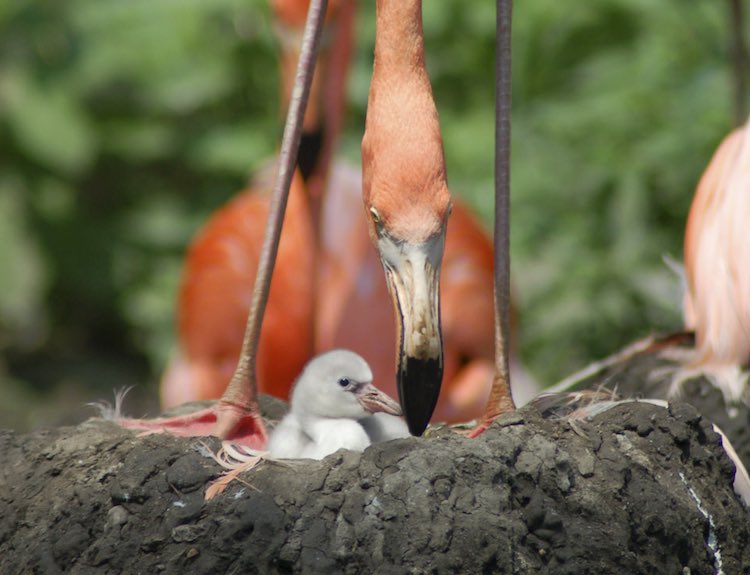
It’s common among full-time dads in the animal kingdom to take turns with the females incubating their eggs. The male flamingo sits on top of the nest mound and carefully lifts and turns the egg over and over. Once the chick hatches, the male flamingo produces “crop milk,” which is the sole source of nourishment for young flamingo chicks, and made of a secretion of the upper digestive tract.
Frogs
Frog fathers carry their tadpoles in their mouths, often refusing to eat until the tadpoles are old enough to survive on their own. Some frog and toad fathers, like the aptly titled midwife toad, are also known to embed the eggs inside their own skin, on the backs of their legs, to protect them until they hatch. Other species have special pouches to carry young until they are mature.
Gorillas
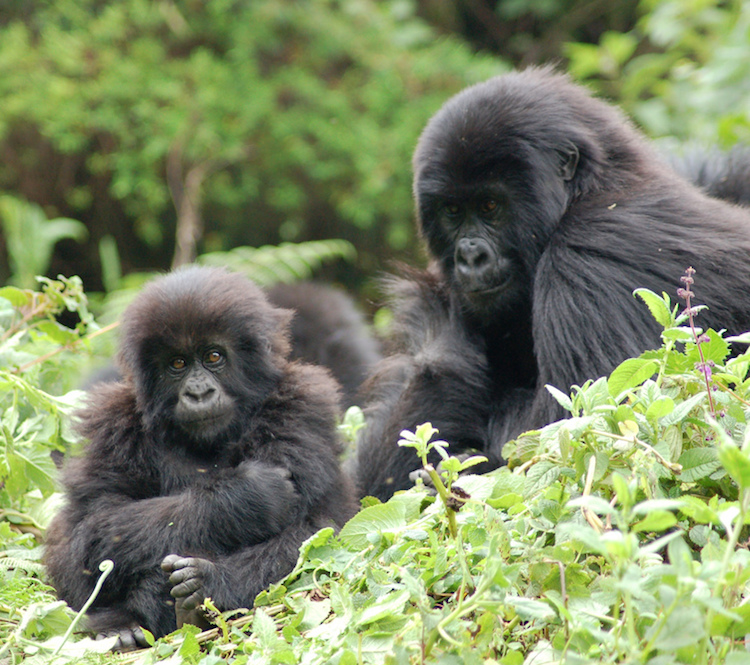
A gorilla father is a true leader. He’s responsible for finding food for his group, which can be a clan as large as three dozen gorillas. He takes care of his children’s mother, feeding her before letting his children dine with them. He is protective as he ferociously beats his chest, fending off threats by enemies. He is a peacemaker as he settles arguments that pop up among siblings.
Swans
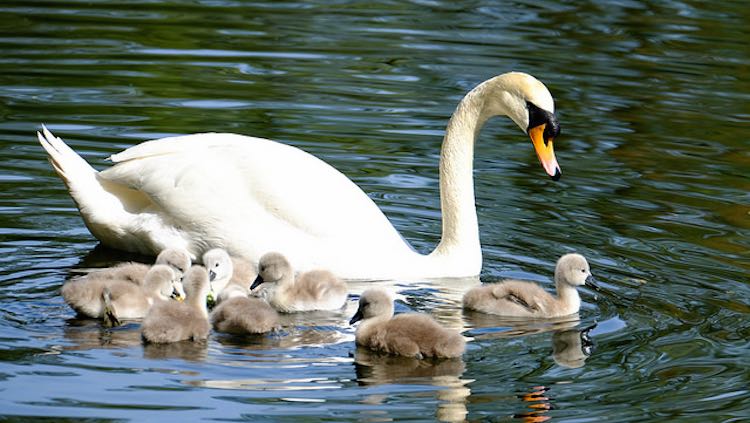
Swans are famously monogamous with lifelong partners. From the minute the female swan lays her eggs, the male and female take turns incubating them until they hatch. Once the baby swans hatch, they sit on their dad’s back and keep warm while he looks for food.
Eastern Hellbenders
Male hellbender salamanders play a protective role even before they mate. They excavate a brood site and await a female to approach, so that the male can guide her into his burrow to deposit eggs. After the female hellbender lays her eggs, the male then guards the nest on his own for 45-75 days.
African Wild Dogs and Mexican Wolves
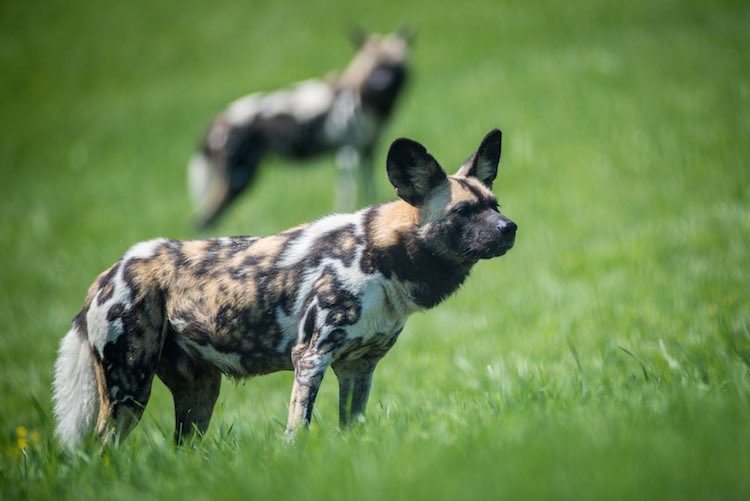
Wild dogs and wolves live in packs that are usually dominated by a monogamous breeding pair. The hunting members of the pack return to the den where they regurgitate meat for the nursing female and pups. The entire pack is involved in the welfare of the pups with both males and females babysitting for the young and providing food for them.
Arctic Foxes
When the female Arctic fox gives birth to her pups, it is the male fox’s responsibility to be the provider of the family. He actively seeks out food and brings it back to the den, while standing guard to protect them. As the pups grow up, it is the responsibility of both the mother and father to take care of them.
Ostrich
Ostrich dads are protectors of the night. The males take turns with females to incubate their eggs— but must work the night shift due to their darker coloring. Once the eggs hatch, the males use their gigantic wings to shield their chicks not only from terrible weather, but to protect them from predators.
Burying Beetles
And finally, we learn that male burying beetles play a huge role in providing a great life for their larvae from day one. They locate a carcass and attract a mate. The female then lays her eggs near the preserved carcass. Once the eggs hatch into larvae, the parents feed their offspring by eating some of the dead flesh and regurgitating it into the larvae’s mouths. The larvae spend about a week feeding off of the carcass then crawl into the soil to pupate or develop.
According to the experts at the Columbus Zoo and Aquarium, these ten animals epitomize what it means to be a good father. Inspired? Pass in On…
MORE: Six “DadPreneurs” Invent Great Parenting Products to Solve Nagging Problems




















